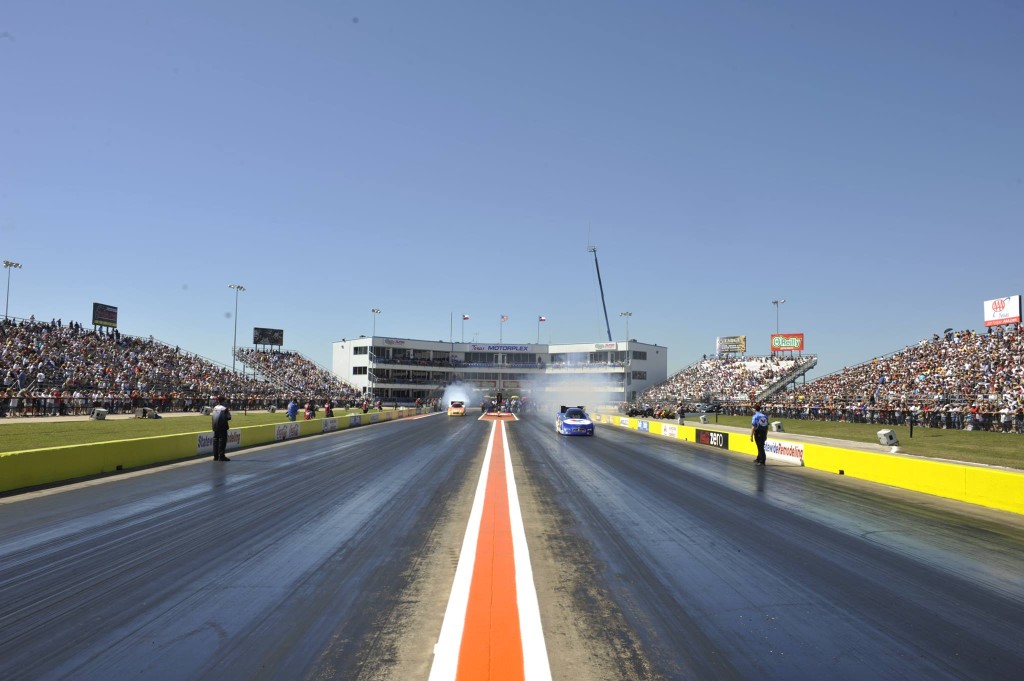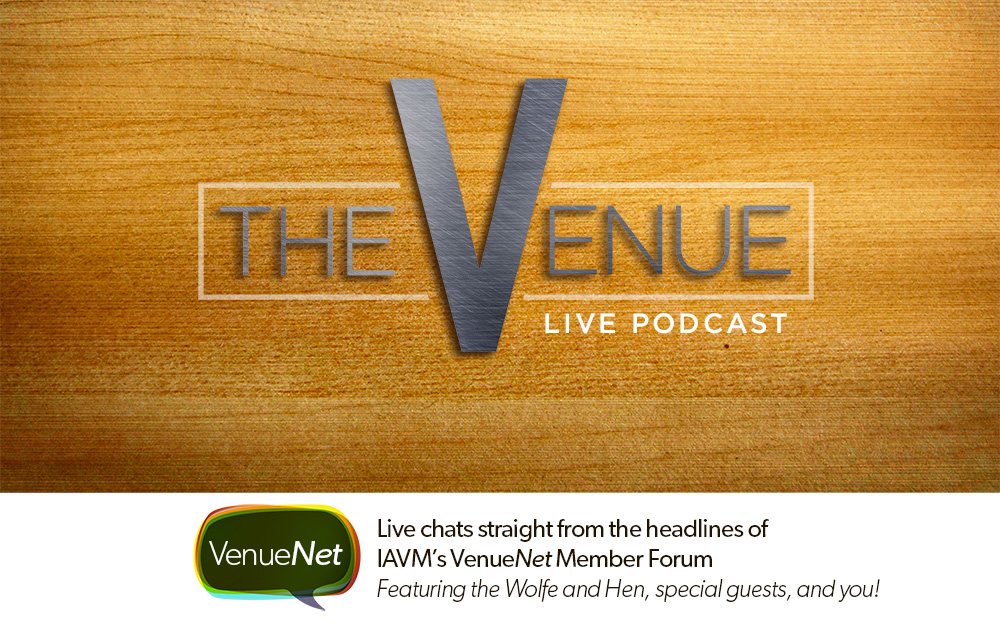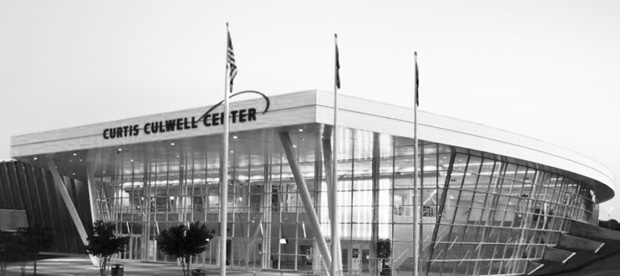Infographic: 2015 Safety and Security Report
Jacob Molz and his company, ISS 24/7, did something really cool. They created an infographic based on VenueDataSource’s 2015 Safety and Security Report.
“The most professional venue managers are well-informed,” Molz wrote on Medium. “This data can help you make data-driven decisions. So, we hope you use this information to improve your venue’s processes. That way, the industry as a collective can experience a quantifiable uptick in performance.”
Thank you, ISS 24/7, for the infographic (click on image to enlarge it)!
Video: The Anti-Mascot
As you head into your weekend, take a moment and watch this delightful “30 for 30” short about the San Francisco Giants’ mascot from the 1980s.
“The Anti-Mascot” is directed by Colin Hanks and tells the story of a team, the fans, and a hated crab.
Tradition Constantly Being Challenged
If there is one phrase I have heard more than any other in the nearly six years I have been general manager, it’s this: That’s not how we’ve always done it.
And before you immediately think the phrase is uttered from office or event staff the most often, I will tell you… it’s not. That phrase comes from our fans, participants, and other key stakeholders not employed by our facility.
Tradition is a funny thing and something I have struggled with mightily over the years. It’s a constant dance between introducing new and improved event management techniques and keeping with the very traditions that keeps this facility alive and operating with an abundance of passionate and dedicated fans and participants.
When we made the move to electronic ticketing in 2011, nearly 90 percent of all ticket orders for our biggest event of the year (a three-day event with more than 25,000 fans per day) came via the telephone into our office. The orders were taken over the phone and tickets mailed out shortly before the event. Sometimes, depending on various factors, we would send someone to meet them or take them to their homes. The home delivery was just something that happened—it’s not advertised or part of any package. It has just been our staff going the extra mile to accommodate people who, for example, will be sitting in the same two seats this fall for the 30th consecutive year.
Going to electronic renewals and ticketing was a big shock that continues to boggle some of our fans’ minds to this day. We still take nearly 40 percent of the orders over the phone, and we still drive those tickets to that small group of people—just because.
Change is not something embraced very easily in our niche world of drag racing, and I’m OK with that as long as we still have those fans willing to sit in those same seats year after year. I am, however, trying to do a better job of blending the historical values of tradition with new amenities and technologies that help us put on better events.
What makes drag racing so unique is the heart of the competitors and fans and the way they pass down their love and passion through the generations. So we’ve become better at using surveys and just talking to those fans and racers about change before making any changes to the way we do business.
We also know that we need to use technology and better training to maintain safe and professional events. My focus continues to be blending better event management while keeping tradition at the forefront and giving history its due recognition. It’s a constant struggle, but worth it to see the next generation of fans growing up at the track and sitting side-by-side with fans that have been here from the beginning.
(Image: Facebook)
Introducing IAVM’s New Podcast: The Venue
There are a lot of great discussions happening on our member-only VenueNet site, and some of you may not have time to read them all or participate. If you’re one of those people—or someone who would rather listen to a discussion than read about it—then we have the solution for you.
I’d like to introduce to you IAVM’s new podcast, The Venue, a monthly call-in show about the issues you face every day. The show will broadcast every fourth Friday of the month from 2-2:30 p.m. (CST). The first show airs Friday, May 22.
Follow this link to register: https://attendee.gotowebinar.com/register/500903778941863425
Greg Wolfe, IAVM’s professional development manager, and myself will be the regular hosts, and each month we’ll have a different guest host.
Join us this Friday, May 22, for the first episode of The Venue. We’ll talk about such VenueNet topics as selfie sticks, vaping, insurance, vouchers/comps, and any other hot topics that happen this week.
Two Webinars Offer Safety and Security Best Practices
More than 600 people participated in two webinars last week that addressed adverse situations at venues.
In the “Public Demonstrations and Civil Unrest Affecting Public Assembly Facilities” webinar, speakers offered recent examples of venue disturbances and how managers and staff prepared for and responded to the situations.
For instance, Orlando Venues Executive Director Allen Johnson, CFE, talked about a die-in protest at the Amway Center in Orlando, Florida, and the how open communication throughout the day mitigated any negative outcomes. (Read more about the protest and how the venue handled it in “Safety and Security During a Protest Rally.”)
Adina Erwin, vice president and general manager of the Fox Theatre in Atlanta, Georgia, also talked about a protest in her venue in December 2014. Some of her best practices recommendations include maintaining good communications with public safety agencies, monitoring websites and social media activity of protest groups, and identifying an alternate manager-on-duty.
Other speakers included Leslee Stewart, general manager and CEO of the Paramount Theatre in Oakland, California; Robert Noonan, security director for the Massachusetts Convention Center Authority (MCCA) in Boston; Matthew O’Loughlin, public safety manager for the MCCA; and Denis Braham, co-chair of the Sports Business and Public Venues Practice Group. The webinar was moderated by Russ Simons, chief listening officer and manager partner at Venue Solutions Group.
Click here to listen to the full webinar.
Earlier in the week, webinar participants heard from John Wilborn, director of the Curtis Culwell Center in Garland, Texas. Wilborn talked about the recent shooting at his venue. Takeaways from the webinar include
• Crime Prevention Through Environmental Design (CPTED) was an aspect of the Curtis Culwell Center’s preparedness for this incident, and that changes to the property were based on lessons learned from the Boston Marathon attack.
• Managing the external communication of attendees was challenging, and developing protocol to minimize individuals revealing their specific location during a shelter-in-place situation is an important aspect of emergency plans.
Do you want to receive a Front Row News weekly digest?
Categories
- Allied (861)
- Architecture (147)
- Arenas (747)
- Career (897)
- Convention Centers (895)
- Education (623)
- Events (1,544)
- Food & Beverage (193)
- Foundation (113)
- Guest Experience (1,496)
- Industry News (2,270)
- Leadership (1,888)
- Marketing (150)
- Membership (2,000)
- Music (213)
- Performing Arts Centers (454)
- Professional Development (409)
- Research (127)
- Safety & Security (442)
- Sports (763)
- Stadiums (608)
- Student (159)
- Technology (516)
- Ticketing (92)
- Touring (82)
- Trends (364)
- Uncategorized (743)
- Universities (218)
- Video (25)
- Young Professional (198)
Twitter Feed
- Twitter feed loading
Recent Posts
- Venuworks and ATG Entertainment Selected to Manage Fresno Convention and Entertainment Center
- Seattle Convention Center Announces Strategic Leadership Appointment and Growth Initiatives for 2026
- Peggy Daidakis Humbly Made Convention Center History
- Welcome to Our Newest Members
- New Member Benefit! IAVM Partners with Advantage Training to Elevate Staff Readiness and Guest Experience
Categories
- Allied
- Architecture
- Arenas
- Career
- Convention Centers
- Education
- Events
- Food & Beverage
- Foundation
- Guest Experience
- Industry News
- Leadership
- Marketing
- Membership
- Music
- Performing Arts Centers
- Professional Development
- Research
- Safety & Security
- Sports
- Stadiums
- Student
- Technology
- Ticketing
- Touring
- Trends
- Uncategorized
- Universities
- Video
- Young Professional
Archives
- December 2025
- November 2025
- October 2025
- September 2025
- August 2025
- July 2025
- June 2025
- May 2025
- April 2025
- March 2025
- February 2025
- January 2025
- December 2024
- November 2024
- October 2024
- September 2024
- August 2024
- July 2024
- June 2024
- May 2024
- April 2024
- March 2024
- February 2024
- January 2024
- December 2023
- November 2023
- October 2023
- September 2023
- August 2023
- July 2023
- June 2023
- May 2023
- April 2023
- March 2023
- February 2023
- January 2023
- December 2022
- November 2022
- October 2022
- September 2022
- August 2022
- July 2022
- June 2022
- May 2022
- April 2022
- March 2022
- February 2022
- January 2022
- December 2021
- November 2021
- October 2021
- September 2021
- August 2021
- July 2021
- June 2021
- May 2021
- April 2021
- March 2021
- February 2021
- January 2021
- December 2020
- November 2020
- October 2020
- September 2020
- August 2020
- July 2020
- June 2020
- May 2020
- April 2020
- March 2020
- February 2020
- January 2020
- December 2019
- November 2019
- October 2019
- September 2019
- August 2019
- July 2019
- June 2019
- May 2019
- April 2019
- March 2019
- February 2019
- January 2019
- December 2018
- November 2018
- October 2018
- September 2018
- August 2018
- July 2018
- June 2018
- May 2018
- April 2018
- March 2018
- February 2018
- January 2018
- December 2017
- November 2017
- October 2017
- September 2017
- August 2017
- July 2017
- June 2017
- May 2017
- April 2017
- March 2017
- February 2017
- January 2017
- December 2016
- November 2016
- October 2016
- September 2016
- August 2016
- July 2016
- June 2016
- May 2016
- April 2016
- March 2016
- February 2016
- January 2016
- December 2015
- November 2015
- October 2015
- September 2015
- August 2015
- July 2015
- June 2015
- May 2015
- April 2015
- March 2015
- February 2015
- January 2015
- December 2014
- November 2014
- October 2014
- September 2014
- August 2014
- July 2014
- June 2014
- May 2014
- April 2014
- March 2014
- February 2014
- January 2014
- December 2013
- November 2013
- October 2013
- September 2013
- August 2013
- July 2013
- June 2013
- May 2013
- April 2013
- March 2013
- February 2013
- January 2013
- May 2012
- March 2012
- December 2011
- November 2011
- October 2011
Recent Comments
- Frank Bradshaw, Ph.D., CVE on John Meyer, CVE, a Tireless Advocate of Certification for Venue Professionals, Has Died
- Neil Sulkes on Hilary Hartung, Friend to Many in Venue Marketing, Has Left Us
- Jason Parker, CVE on The Devastation of Hurricane Helene and How We Can Support One Another
- Larry Perkins on Touhey Testifies Against Speculative Ticketing Before Congressional Subcommittee
- Peter Secord on Major Players for Planned Elkhart Amphitheater Were in the Mix at VenueConnect



